'I somehow felt that Muzaffar Ali was in Aligarh to feel the pulse of the Muslim youth, especially in the darker and harsher times that India is passing through,' notes Mohammad Sajjad.
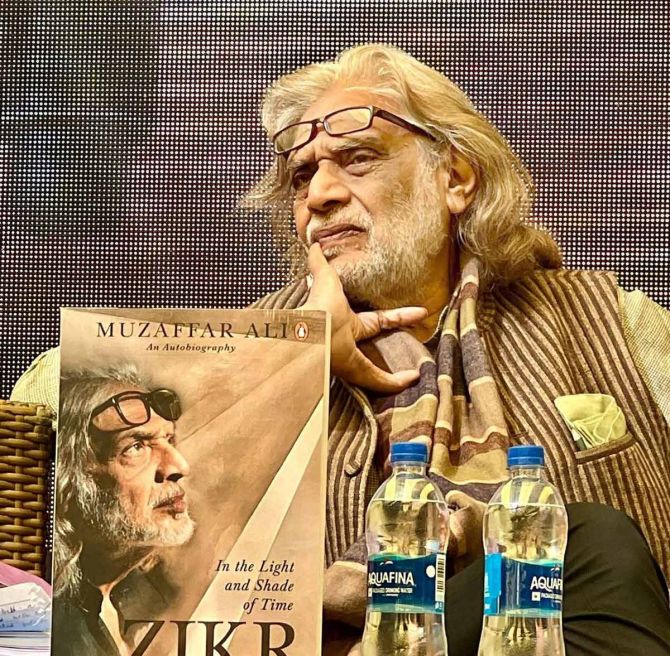
On January 24 and 25, Muzaffar Ali, who directed the classic, Umrao Jaan in 1981, visited his alma mater, AMU (Aligarh Muslim University), with his memoir, ZIKR In The Light and Shade of Time.
In our personal interaction, I somehow felt he was in Aligarh to feel the pulse of the Muslim youth, especially in the darker and harsher times that India is passing through.
Discussing ZIKR was, I think, just his pretext to turn it into an event so that he could have a direct interaction with the young boys and girls and read their young minds.
On January 25, he visited the Women's College Auditorium.
The following day, the same event was held at AMU's Kennedy Auditorium.
The AMU of the 1960s was one of the finest eras of political and academic stirrings, records historian and AMU alumnus Mushirul Hassan (1949-2018) in one of his academic essays Recalling Radical Days in Aligarh published in the India International Quarterly (2003), Nationalist and Separatist Trends in Aligarh and Majid Hayat Siddiqui's 1987 essay.
Many of Aligarh's Urdu memoirs paint a rosy, romantic picture of AMU life.
The only exception is Rahi Masoom Raza's Hindi novel, Topi Shukla (1969), which depicts the darker sides of campus life.
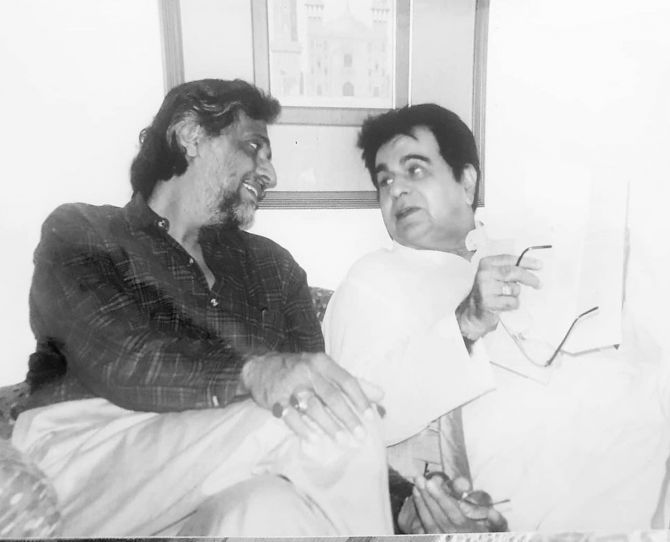
Muzaffar Ali, who graduated in science (Geology, Chemistry and Botany) in 1964, paints a rosy picture of the creative world of the Kennedy Complex.
It is unlike Naseeruddin Shah's memoir, And Then One Day, who avoids painting such a picture.
Saeed Jaffrey's 1999 memoir offers an equally romantic picture of the art, theatre and sports world of AMU, but that was long before the enviable Kennedy Complex of the 1960s. Jaffrey owed it to the school teacher (later, headmaster), Syed Mohammad Tonki.
But both Muzaffar Ali and Naseeruddin Shah acknowledge the contribution of Zahida Zaidi (1930-2011) in their creative lives, who was 'our window to art' and who inspired Ali to 'to think from a feminine viewpoint', had thoughts about where 'theatre and painting came together' and that 'this was an Anglicized group and made Aligarh a little more acceptable to a Westernised world'.
Rahi Masoom Razasahib, who wrote many novels and films including the tele-serial Mahabaharat was indeed a mentor and inspiration' and a 'colossus of poetry'.
Muzaffar Ali's passion for painting went back to Aligarh. It was a backbone of his creative journey, and offered him a 'gift of zamana shanasi (understanding the world)'.
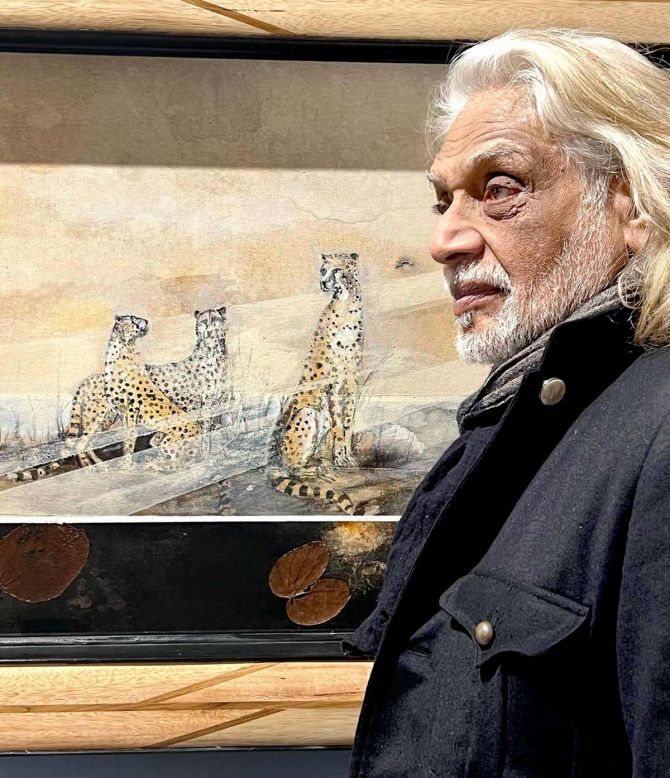
While interacting with the students at the Kennedy Auditorium, Muzaffar Ali responded to the difficult times they were living in.
He asked them to seek solace from and resilience in the Aligarian sense of humour, poetry and literature.
He devotes a long chapter, titled The Imli Tree, on his AMU life. The tree is supposed to be a symbol of faithfulness and forbearance in the Buddhist tradition.
Muzaffar Ali's dream to make a film on the trauma of pre-Partition Aligarh remains unfulfilled.
The other unfilled dream is a film on the fearless, self-reliant Mughal empress, Nur Jahan.
In Aligarh, he identifies Asghar Wajahat as his closest friend.
Referring to a line of Majaz's poem, the AMU's anthem he complaints has 'too much of barrenness for the clouds [abr] that rise from Aligarh to irrigate the parched world'.
Throughout his memoir, he comes out as a brilliant translator of both prose and poetry of Persian and Urdu into English. He has organised his autobiography in well-integrated, logically interconnected chapters, having created profiles of many characters of his life.
The initial chapters of his memoir talk about his ancestry, and he quotes from an unpublished PhD dissertation of his father, submitted to Lucknow University.
He claims to belong to the Chauras of Gujarat, who claimed their descent from Lord Ram of Ayodhya. The name 'signified that no human blood would be shed on its soil, no war would be fought on its ground.'
His father is a strong influence on him, and 'lived his life as a humanist, a life true to his country and its ideals of harmony, opposing anything that divided man'.
Enamoured with the Brahmo Samaj, his father wrote on similarities between Advaita and Sufism, to find commonalities in faiths.
His Abba 'specially gifted in the art of storytelling' told him stories at mealtimes. 'Stories and more stories made up the lessons of life.'
The characters in books like Tilism-e-Hoshruba and Dastan-e-Amir Hamza such as the magician Afrasiyab and the intelligent trickster Amr Ayyar were the usual stuff in the Kotwara world of 'simple innocence'.
The holy town of Gola Gokaran Nath with its Shiv temple, built by his ancestors, also once had the largest sugar mill in Asia. It was 'a melting pot of ideas, of the coming together of beauty and humanity; seeing and living Sufism on the soil of Awadh'.
A fiercely nationalist, vehemently opposed to and betrayed by the Muslim League, his father's uncle having assured his father to help in the elections, called him to a mosque on a Friday prayer, and told the assembled devotees that voting for him, against the League, and that would throw all them straight into hell. He was shocked and predictably lost the election in 1946.
In return, after Partition, his father would keep reminding, 'a raven may not take a single bone from my body across to Pakistan.'
His Abba 'was often asked why he eulogized India, a country where cows are worshipped. He would retort that in Pakistan, donkeys are worshipped.'
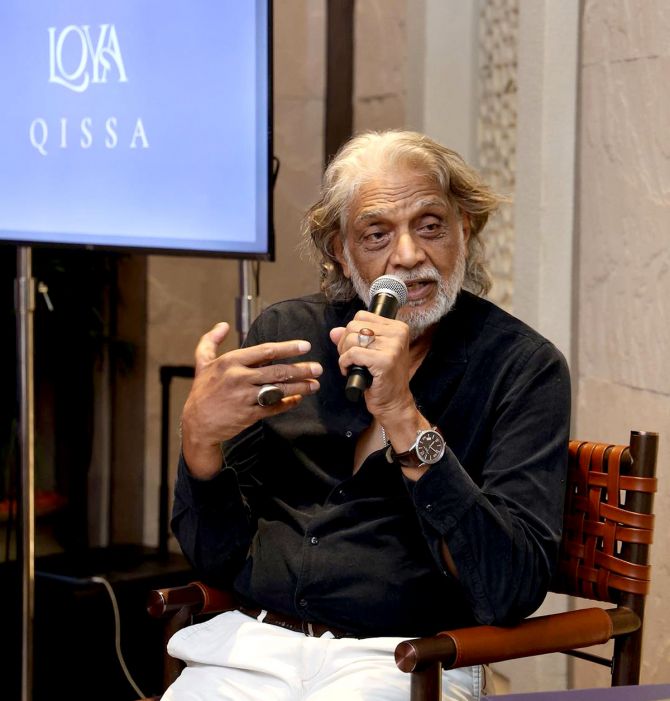
To get deep, unusual insights about the hazards of the politics of Khilafat and Partition, Muzaffar Ali's memoir, and his father's portrait in it offers great wisdom.
Next to Intizar Husain's Urdu biography of Hakim Ajmal Khan, Ajmal-e-Azam (1999), Muzaffar Ali is perhaps one of the rarest writers to be candid and forthright about the futile and hazardous politics of the Khilafat.
This pan-Islamist mobilization gets a subtle disapproval from Muzaffar Ali. The Muslim leadership of India had misled the Muslim masses, mobilizing them for restoration of a corrupt and degenerated institution far away in Turkey.
The Indian leadership kept the masses in the dark as to how unpopular it had become. The dethroned fugitive Ottoman Caliph had her princesses married off to the Indian princes in Awadh and Hyderabad.
One such prince was Muzaffar's Britain-educated father. The princess, however, soon deserted his father, went to Paris with the baby girl, Kaniz, who was recovered with great difficulty, in 1962.
His father knew, by the 1930s, that the Muslim League would result in an ugly India.
He remarks, 'Undivided India was torn politically between its vast Muslim population and its struggle for independence. The British played a major role in shaping minds and loyalties. Fifteen million Indians fought a war that was not theirs.'
In the World Wars, the British used Indian armies and 'one million of Indian soldiers died. The leadership working on fanning anti-British sentiments used this emotionally'.
He claims his father, as elected legislature, helped minimizing the impact of migration in 1947, leading to the rehabilitation of the Sikh population in large numbers in the Terai region.
Muzaffar is fascinated with 'fearless (Be-Khauf)' and 'self-reliant (Khud-Aitamaad)' women, such as his father's sister. Though her migration to Pakistan shattered his father, another blow came in February 1964, when Muzaffar's mother passed away.
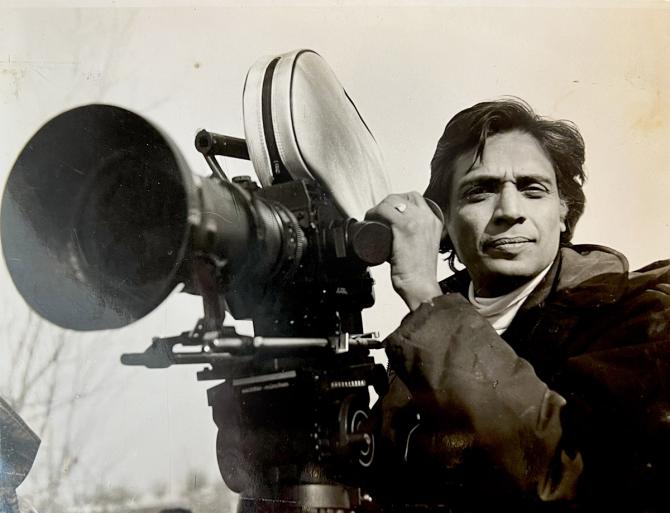
At the age of 22, in 1966, Muzaffar Ali went to Calcutta, passing through 'poverty-stricken, jobless' regions of eastern India.
'Calcutta was a city fluent in the language of money, a weapon of subjugation, of tyranny and exploitation. It opened a world I could not have imagined in the wildest of dreams,' he recalls.
He met novelist Attia Hossein there, who had 'appeared as a character in Gone With The Wind but could represent the modern Lucknow of the 1930s'.
He was introduced to the English theatre world of Calcutta, the film-makers Mrinal Sen and Satyajit Ray, with whom he worked.
In Calcutta, Muzaffar met his first wife Geeti Sen, an art historian, who had a PhD on the paintings of Akbarnama from Philadelphia.
Having discussed each of his great films in separate, exclusive chapters, the pursuit of film-making revealed to him 'the ugliness of film politics; camps and groups, rumours and espionage'.
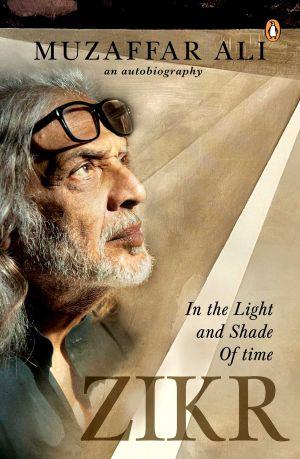
Describing his indulgence into the electoral politics, he found out that the world is increasingly 'becoming crueler'.
He 'could see the ugliness of politics and smell the stench of power.'
While going for door-to-door campaign, he found that it was a 'mug's game' at his level, whereas at higher level it was 'game for mugs'.
It was 'all about ego, and simplicity was lost in the politics of caste and communalism.' He felt a 'demented leadership' was 'misleading the simple minds'.
'Strange characters show up, holding our future to ransom.'
About Lucknow of the 1990s
He discovered that an 'invisible layer of the RSS had taken over the cultural fabric of Lucknow and the entire Awadh region, a reaction to the Muslim League.'
The erstwhile Muslim taluqdars had shattered the Ganga Jamuna myth by affiliating with the Muslim League around the time of Partition.
They were secular to the core but stood by the communal forces of the League.
'While we dreamt of a future for Awadh that evolved out of its heritage of interdependence between craft and culture, the venom of communalism was spreading fast.'
For the answer to the problems of fratricide in India, Muzaffar turns towards the poets, Rumi (the man to lead humanity into the 21st century) and Amir Khusrau, and says, 'The two will forever continue to water my art, and make miracles happen to soften hearts and refresh human souls. We salute their invisible sawaar (rider) on the horse (rakhsh) of ishq (love)'.
May Muzaffar Ali live longer and healthier to give us a sequel of his memoir as well as the films he has been contemplating to make.
Mohammad Sajjad teaches Modern and Contemporary History at Aligarh Muslim University and is the author of Muslim Politics in Bihar: Changing Contours (Routledge 2014/2018 reprint).
Photographs curated by Manisha Kotian/Rediff.com
Feature Presentation: Rajesh Alva/Rediff.com










